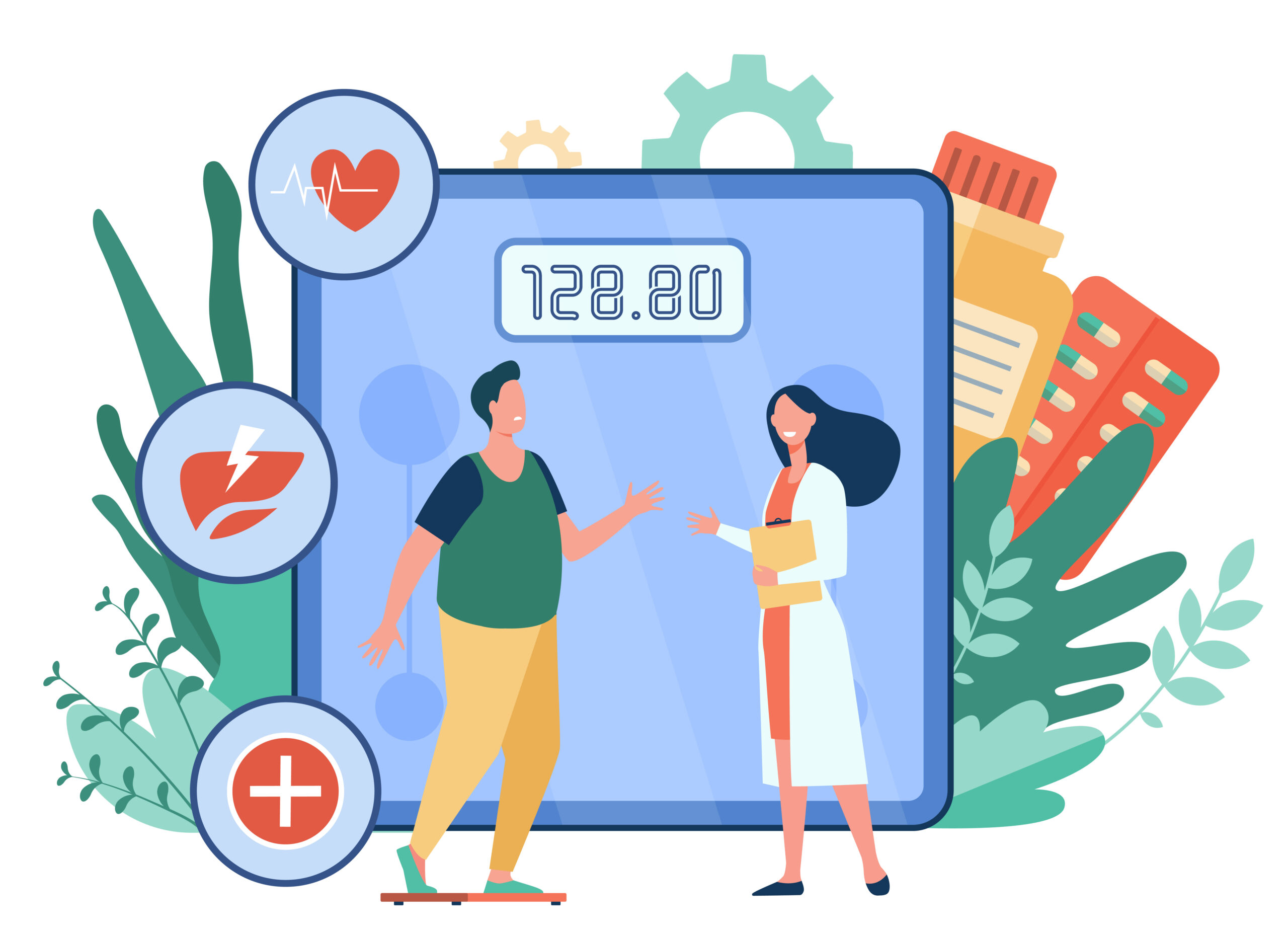In Canada, 63.1 percent of adults were overweight or obese in 2018. Type 2 diabetes and cardiovascular disease are both risks associated with obesity. s obesity rates climb, there is increasing focus on dietary interventions, the most common being calorie-restricted diets, which achieve initial but often unsustained weight loss. The use of intermittent Fasting to treat diabetes and obesity has recently attracted interest.
Periods of time during which no or very few calories are consumed are referred to as intermittent fasting (IF). It often consists of a 16-hour fast every day, a 24-hour fast every other day, or a 2-day fast every week on days that are not consecutive. When fasting, caloric intake typically falls between zero and 25 percent of caloric requirements. Consumption on nonfasting days might be ad libitum, restricted to a certain diet composition, or aimed to reach a specific caloric intake of up to 125% of regular caloric needs.

Various terms are used to describe regular intermittent calorie abstention, including intermittent fasting, alternate-day fasting, reduced meal frequency, and time-restricted feeding. Intermittent fasting can be used with unrestricted consumption when not fasting or in conjunction with other dietary interventions.
A type of time-restricted fasting is 16:8 intermittent fasting. It entails eating during an 8-hour window each day and going without food, or fasting, for the other 16 hours. The simplest approach to adhering to the 16:8 diet is to select a 16-hour period that includes one’s sleep cycle.
Intermittent fasting and weight loss
People might cut back on their calorie intake by eating at predetermined times. It might also speed up metabolism. According to a 2017 study, males who are obese may lose more weight and fat when they practice intermittent fasting as opposed to traditional calorie restriction. Popular types of intermittent fasting include 16:8 fasting. Losing weight, burning fat, and lowering your risk of contracting certain diseases are all potential advantages. In a meta-analysis of 27 trials examined, intermittent fasting resulted in weight loss, ranging from 0.8% to 13.0% of baseline body weight.
Most of the weight loss with intermittent fasting is fat loss. A 2011 study calculated that 79% of weight loss was owing to loss of fat specifically.

Drinking Water While intermittent fasting: Is It Recommended?
The 16:8 diet plan allows the consumption of calorie-free drinks — including water, unsweetened tea, and coffee — during the 16-hour fasting window. Regular hydration is essential to preventing dehydration.
While people will be drinking non-caloric liquids during intermittent fasting, people may not realize that unless they drink additional liquids, they are actually reducing their total fluid intake due to reduced intake of foods such as soups, yogurt, or melons. Hypotension and dehydration are risks that are heightened in this situation.
Drinking water, including to replace fluids that normally would be consumed in foods, is an essential consideration for people of all ages who are participating in intermittent fasting.

The people who shouldn’t try intermittent fasting
Some populations have unique risks and should be dissuaded from engaging in intermittent fasting, especially if they have diabetes. This includes pregnant and lactating women, young children, adults of advanced age, and frail older adults. Individuals with immunodeficiencies, including those who have had a solid organ transplant and are on medical immunosuppression, should also refrain from fasting. People with eating disorders and those with dementia have unique challenges that will likely be exacerbated by deliberately engaging in fasting. Thus they should not follow intermittent fasting regimens. Before beginning a fasting regimen, their needs should be considered carefully on a case-by-case basis.
Please find more details in the attached link










